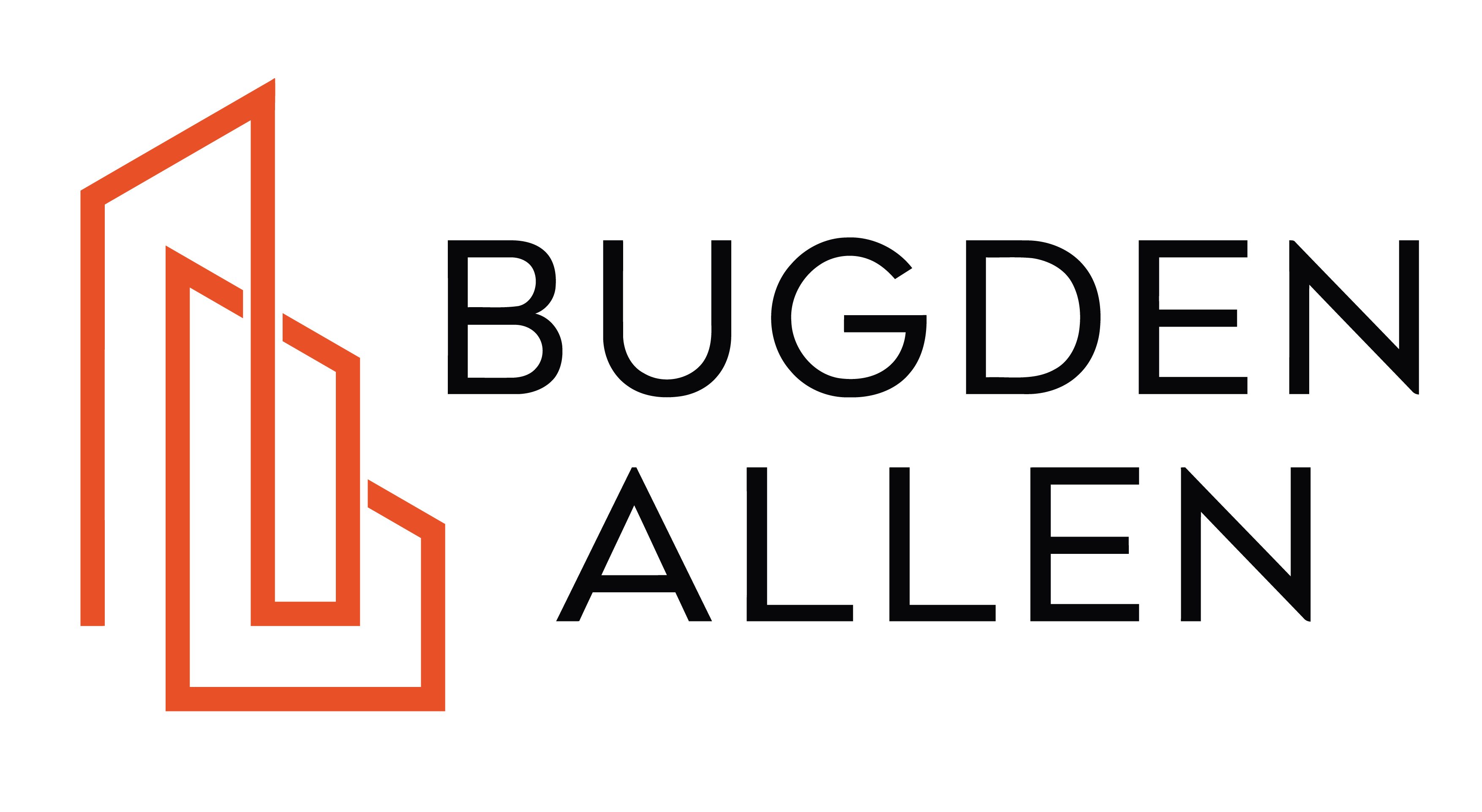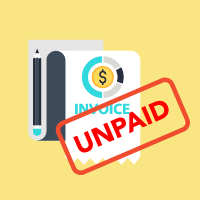Are your levies recoverable?
By Gary Bugden OAM*
A recent
decision of the Victorian Civil and Administrative Tribunal is a timely
reminder about the need for attention to detail when imposing owner corporation
or body corporate levies.
In Owners Corporation No. SP034630W -v- Pekar [2019]
VCAT 136 the owners corporation (“OC”) was unsuccessful in its efforts
to recover $14,418.46 in outstanding fees (the Victorian equivalent of levies
or contributions) because of technical non-compliance with their legislation.
The facts of the case were:
- On 30 May 2018 the OC issued a fee notice for “arrears”
of $11,031.31 and “interest on arrears” of $3,402.79, calculated to 1
July 2018 (“Fee Notice”).
- The Fee Notice was addressed to “Mr I. and Mrs
F. Pekar” and sent to the relevant address.
- On 14 August 2018 the OC issued a final fee notice
with an opening balance at 1 April 2017 of $11,504.12 and a closing balance (or
total) of $14,418.46 (“Final Fee Notice”).
- The Final Fee Notice was addressed to “Mrs Ida
Pekar” and contained no explanation as to how the April 2017 balance was
calculated.
- “Mr I. and Mrs F. Pekar” do not exist, the lot
owner being “Mrs Ida Pekar”, whose husband is Mr Fima Pekar.
The legislation
Section 31(1) of the Owners Corporations Act 2006
(Vic) (“OC Act”) requires a fee notice to be given to a lot owner in the
approved form, setting out fees and charges due and payable by the lot owner to
the OC. The fee notice must also state certain information relating to the lot
owners’ obligation to pay, the interest that will be payable if there is no
payment and how the fees and charges can be disputed (sec.31(2)).
Section 32(1) of the OC Act requires the OC to serve on the
lot owner a final notice in the approved form if the money owing is not paid
within 28 days of the date of the fee notice. Again, this final notice must set
out certain prescribed information (sec. 32(2)).
The decision
The Tribunal Member held that:
- The Fee Notice was not provided to the lot owner
as required by section 31(1) of the OC Act.
- Even if the Fee Notice had been sent to the lot
owner (which it was not), it did not prove the balance of the amount brought
forward (i.e. the lump sum amount of $11,031.31).
- “The Final Fee Notice was sent to the lot
owner, but it was based on the Fee Notice which I have found does not comply
with the Act. As a result, any application for an order requiring payment
pursuant to the Final Fee Notice cannot succeed and will be dismissed.”
(Vide paragraph 21 of the Member’s Reasons.)
The lesson
Where the legislation governing the imposition and recovery
of levies sets up processes, those processes must be strictly followed if the
levies are to be recoverable. If the levies are not recoverable:
- it may be necessary for them to be re-imposed on
owners for future recovery action to be successful; and
- there may be a risk of owners who previously
paid the levies seeking to recover the funds they paid based on mistake.
Implications for NSW
The Strata Schemes Management Act 2015 sets the
processes for contributions in NSW, including:
- There must be a determination (i.e. resolution)
of the amount of the contributions to be levied.
- Except in the case of a special contribution,
that determination must be based on estimates (i.e. a budget).
- The determination of the estimates and the
amounts to be levied must be made at the same meeting.
- When the estimates are determined the owners
corporation must have before it and take into account a statement of the
existing financial situation of the strata scheme and an estimate of receipts
and payments.
- The contributions must be “levied” on the
lot owners “by giving the lot owner written notice of the contribution
payable” (vide sec. 83(1)).
- Other requirements include –
- Contributions must be based on unit entitlements
- The levy notice must indicate the date when the
contribution is due and payable
- That date must be at least 30 days after the
notice was given
- Restriction on recovery action before the end of
one month after the contribution becomes due and payable.
In the event that recovery action is contested by the lot
owner, the owners corporation needs to be in a position to strictly prove that
the various processes were duly undertaken. This may even extend to proving the
content of the levy notice by producing an actual copy of the notice served
(rather than a copy generated by a computerised management system using data
drawn from the system’s data base).
Implications for Queensland
The Body Corporate and Community Management (Standard
Module) Regulation 2008 (which, as regards levies, is indicative of the
content of the other Modules), sets the processes for contributions in
Queensland, including in the case of annual contributions:
- They must be fixed by an ordinary resolution of the
annual general meeting
- They must be fixed based on the budgets for the
financial year
- The number of instalments in which the
contributions are to be paid must be decided
- The dates on which instalments are payable must
be fixed
- The contributions must be levied by written
notice to the owner of each lot at least 30 days before the payment is required
- That notice must specify the 6 things set out in
section 142(1) of the Module
- That notice must be served on an owner at their
address for service “or in the way directed by the owner”.
Again, in the event of contested recovery action, the body
corporate needs to be in a position to strictly prove that those processes were
properly undertaken. The availability of an exact copy of the levy notice is
particularly important in Queensland because of the amount of information that
is required on the notice. Reliance on computer generated historical copies,
using data in a computerised management system, is not recommended in
Queensland.
Conclusion
It is time to check your determination and levying processes
for maintenance contributions, as well as the wording and content of your levy
notices. In particular, do you keep an actual copy of the levy notice that was
served on each lot owner? If you do, does it contain all the information it is
required to contain? Was it served within any required timeframe? The list of questions
goes on, so, good luck with your next levy collection!
20 November 2019
_______________________
* Gary Bugden OAM DUniv is a partner of Bugden Allen Lawyers in the Brisbane office. He is the
author of various books and loose-leaf services and is Sessional Professor of
Law, Strata and Community Titles, at Bond University.




